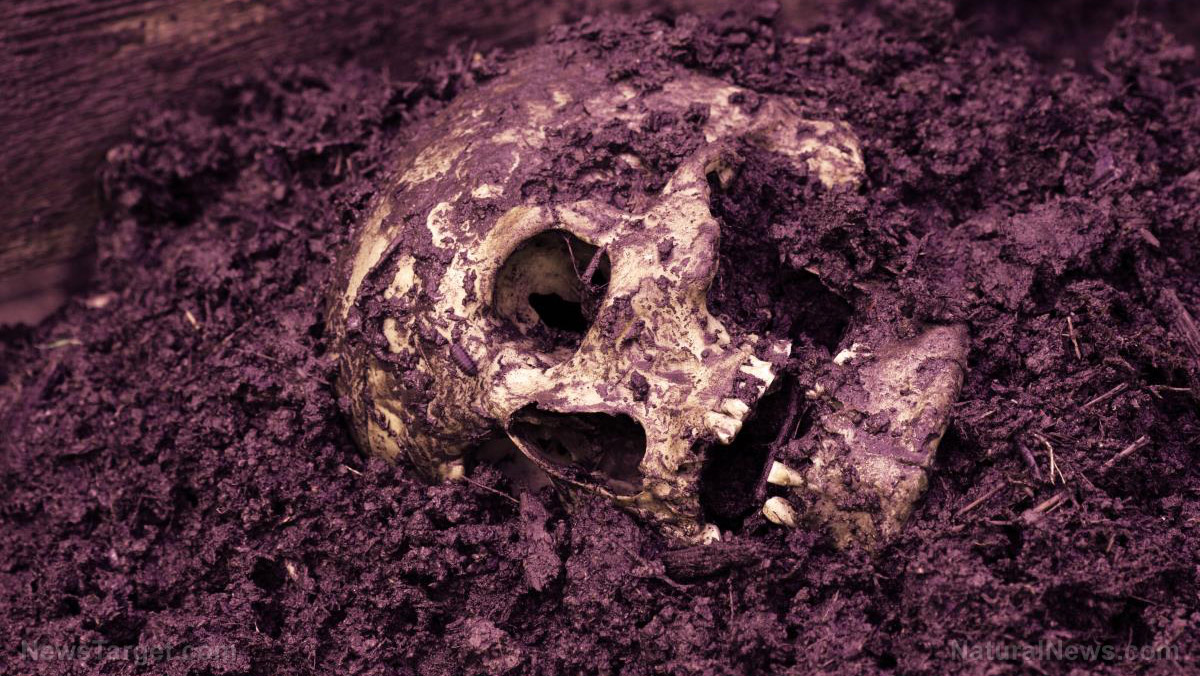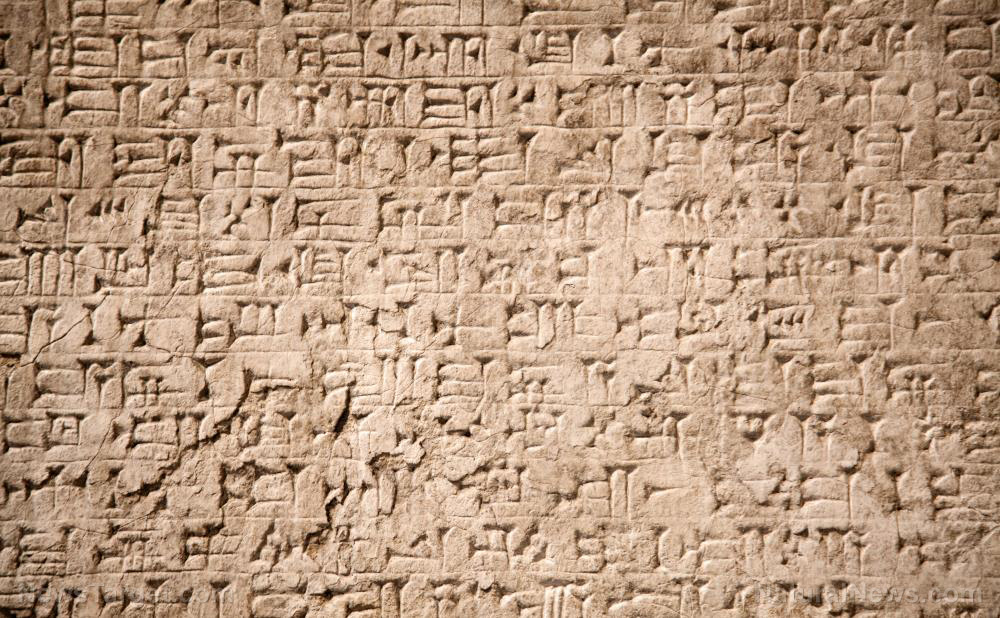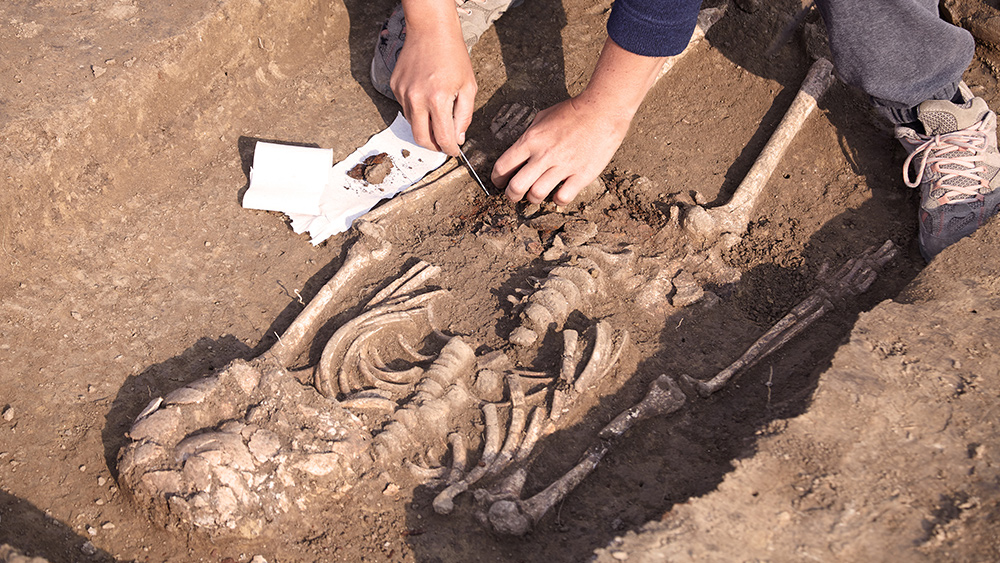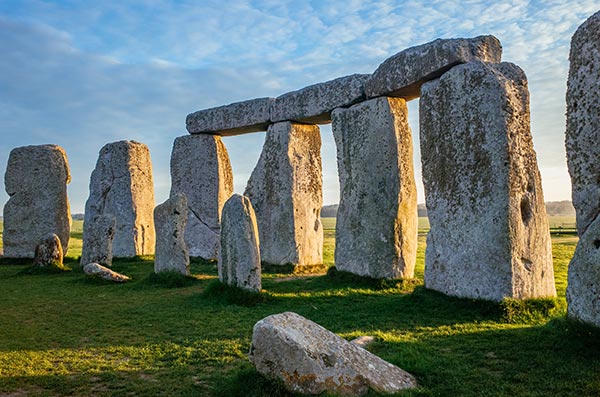Professor unearths sample of human brains that turned to GLASS after Vesuvius eruption
12/20/2021 / By Mary Villareal
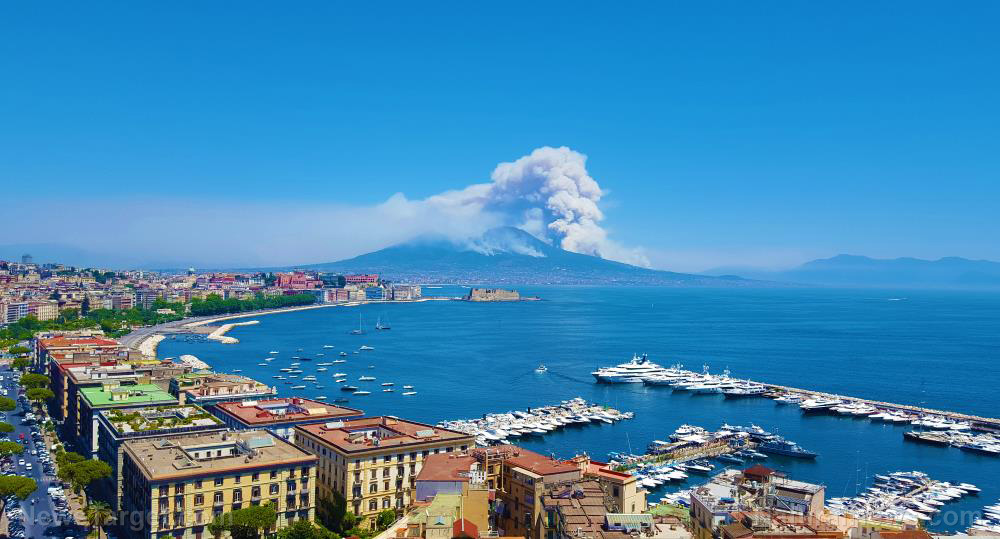
The eruption of Mt. Vesuvius in 79 AD destroyed Roman settlements and killed thousands. The heat from the explosion was so extreme that, at least in one case, it turned a victim’s brain into glass.
Human brains are rarely ever found in archaeological remains. When they do surface, they were usually preserved in a form of smooth, soap-like substances, as the fatty brain tissue reacts with charged particles in the surrounding environment and transform into a soap-like substance.
However, the extreme conditions caused by the volcano’s eruption may have done something different in this case. The researchers said that there were extracted fragments of glassy, black material from the skull of one victim, which they now believe are vitrified remains of the man’s brain. Vitrification is the process in which materials are burned at extremely high heat and cooled rapidly, turning the material into glass or a glaze.
The victim, believed to be a man in his mid-20s, was found lying on a wooden bed and buried by volcanic ash in the ancient town of Herculaneum.
Herculaneum was buried by pyroclastic flows during the eruption of Vesuvius, and volcanic matter carbonized and preserved parts of the town in the process. This included residents who were unable to flee.
Archeologists have been investigating the remains of Pompeii and Herculaneum for centuries. Because Herculaneum lies only about 11 miles from Pompeii, its proximity to the volcano ensured gruesome deaths for its residents – steam let off by boiling blood showed that there had been intense pressures in their skulls, causing heads to explode.
Analysis of charred wood near the body showed that temperatures rose up to 520 degrees Celsius during the eruption. This extreme radiant heat was able to ignite body fat and vaporize soft tissues before the temperature dropped.
The study also noted that the team found a glassy material in the victim’s head, which was made of proteins in the human brain and fatty acids found in human hair. This indicated that the remnants were thermally induced and preserved vitrified human brain tissue.
The glass material was found only in the man’s skull, and not on any surface anywhere else on the skeleton, its surrounding volcanic ash or any other locations within the archaeological site. This was seen as further evidence that it was vitrified human brain tissue.
In light of the new findings, researchers hoped that the glassy fragments can shed more insight into the identity of the victim. Moreover, ancient DNA has been previously used to establish family ties among the people who died in Vesuvius’s eruption. (Related: Archaeologists discover brain cells preserved in glassy skull from the Mt. Vesuvius eruption 2,000 years ago.)
Vesuvius still a dangerous volcano
Mt. Vesuvius is one of the most dangerous volcanoes in the world. A stratovolcano, its type is known for having explosive eruptions. Its last eruption in 1944 killed 26 people, destroyed a nearby village and covered U.S. warplanes based at the Pompeii airfield in a thick layer of ash.
Despite being silent for over 70 years, experts believe that it is due for another cataclysmic eruption soon.
The eruption that leveled Pompeii in 79 AD measured a 5 on the Volcanic Explosivity Index (VEI). While it was preceded by a powerful earthquake 17 years beforehand, the actual eruption was considered to be fairly sudden and lasted two days.
If Vesuvius erupted today, the damage would depend on the scale of eruption, although experts are planning to get ready for a VEI 4. At this level, an eruption could create an intense heat blast that could cook people to death in less than a second. By some expert estimates, a VEI 4 or 5 eruption could kill over 10,000 people and cost the Italian government over $20 billion.
Read more about this topic at Artifacts.news.
Sources include:
Tagged Under: ancient history, Archaeology, artifacts, Brain cells, disaster, discovery, excavation, history, Mt. Vesuvius, natural disaster, Pompeii, research, vitrification, volcanic ash, volcanic cloud, volcanic eruption, weird science
RECENT NEWS & ARTICLES
COPYRIGHT © 2018 REALHISTORY.NEWS
All content posted on this site is protected under Free Speech. RealHistory.news is not responsible for content written by contributing authors. The information on this site is provided for educational and entertainment purposes only. It is not intended as a substitute for professional advice of any kind. RealHistory.news assumes no responsibility for the use or misuse of this material. All trademarks, registered trademarks and service marks mentioned on this site are the property of their respective owners.









